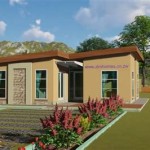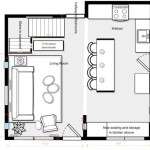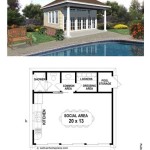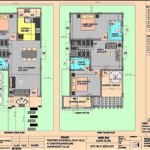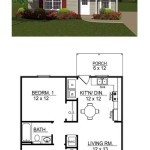Essential Aspects of Raised Home Plans
Raised home plans offer an elevated solution for building in flood-prone or sloping areas. These homes provide numerous advantages, including flood protection, improved views, and increased square footage. Whether you're considering a new construction or renovating your existing home, understanding the essential aspects of raised home plans is crucial.
Structural Design
The structural design of raised homes is engineered to support the weight of the house and withstand potential hazards like flooding or seismic activity. Raised home foundations typically consist of concrete piers or steel columns that extend below the flood plain or ground level. These piers provide a solid base and ensure the home's stability.
Flood Protection
One of the primary reasons for elevating a home is to protect it from flooding. Raised homes are designed to keep the living spaces above the expected flood level. The elevation of the home allows water to flow beneath the house without causing damage to the interior. Building codes and FEMA regulations often determine the minimum elevation requirements based on the flood risk zone.
Enhanced Views
Raised homes offer panoramic views, especially in areas with hills or waterfronts. Elevating the living spaces provides homeowners with unobstructed vistas and natural light. Floor-to-ceiling windows or large decks can be incorporated into the design to maximize the scenic views and create a seamless indoor-outdoor connection.
Increased Square Footage
Raised homes often provide additional square footage compared to traditional single-story homes. The space beneath the elevated portion of the house can be used for various purposes, such as garages, workshops, or storage areas. This added space can increase the home's functionality and living area.
Access and Accessibility
Accessibility is an essential aspect of raised home plans. Stairs or ramps lead from the ground level to the elevated living spaces. Some homes may include elevators for enhanced accessibility and convenience, especially for individuals with mobility challenges.
Construction Costs
The construction costs of raised homes can vary depending on factors such as elevation height, materials used, and local regulations. Elevating a home typically increases the material and labor costs compared to building on a regular foundation. However, the long-term benefits, such as flood protection and increased living area, may offset the initial investment.
Maintenance and Inspection
Regular maintenance and inspections are crucial for raised homes. The foundation piers or columns should be inspected for any signs of damage or settlement. Other areas to monitor include the roofing, decking, and drainage systems. Proper maintenance ensures the structural integrity and longevity of the home.

House Design Plan Ch462 8 On Stilts Elevated Plans Coastal

Elevated Home Raised House Building Plan Designs

6 Elevated Beach House Plans For Your Summer Getaway

Plan 60028rc Spacious Low Country Home Homes Plans House

Raised Ranch House Plan 8994 Rr Home Designing Service Ltd

Elevated House Design A Modern Approach To Living

House Plan 1225 Table Rock Ii Riverbend

Plan 021h 0024 The House

Hart S Bluff Coastal Home Plans Southern House Cottage Low Country

Home Plan Ch466

